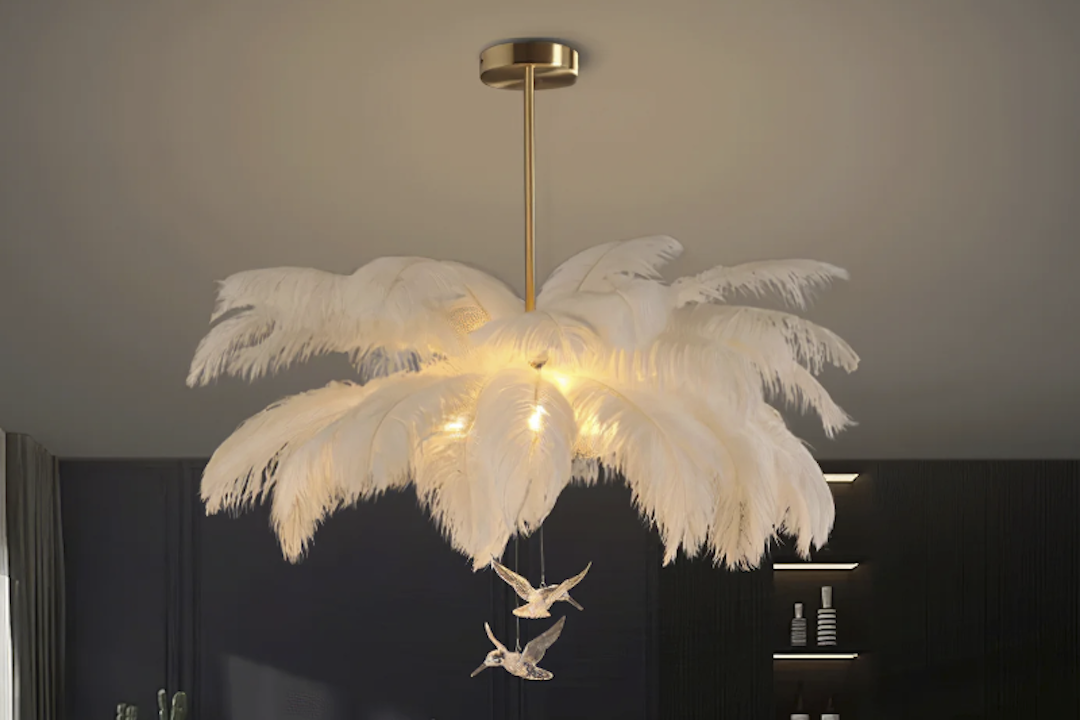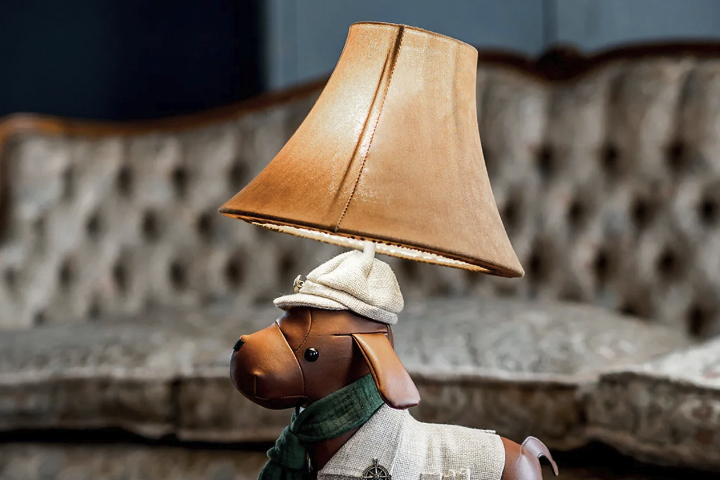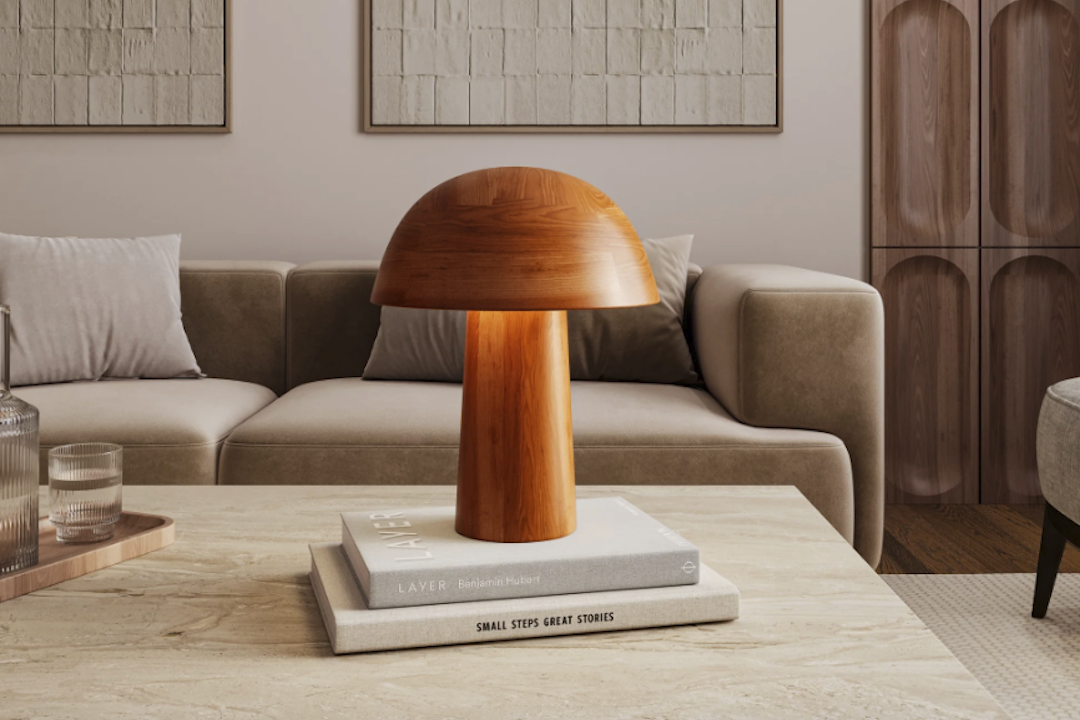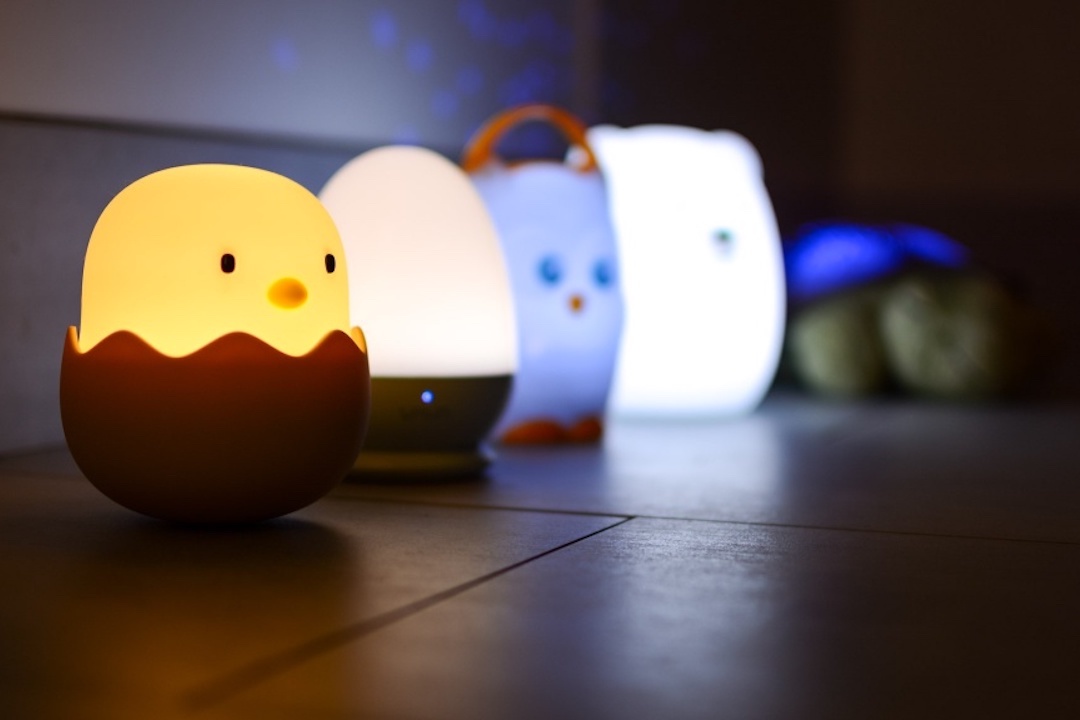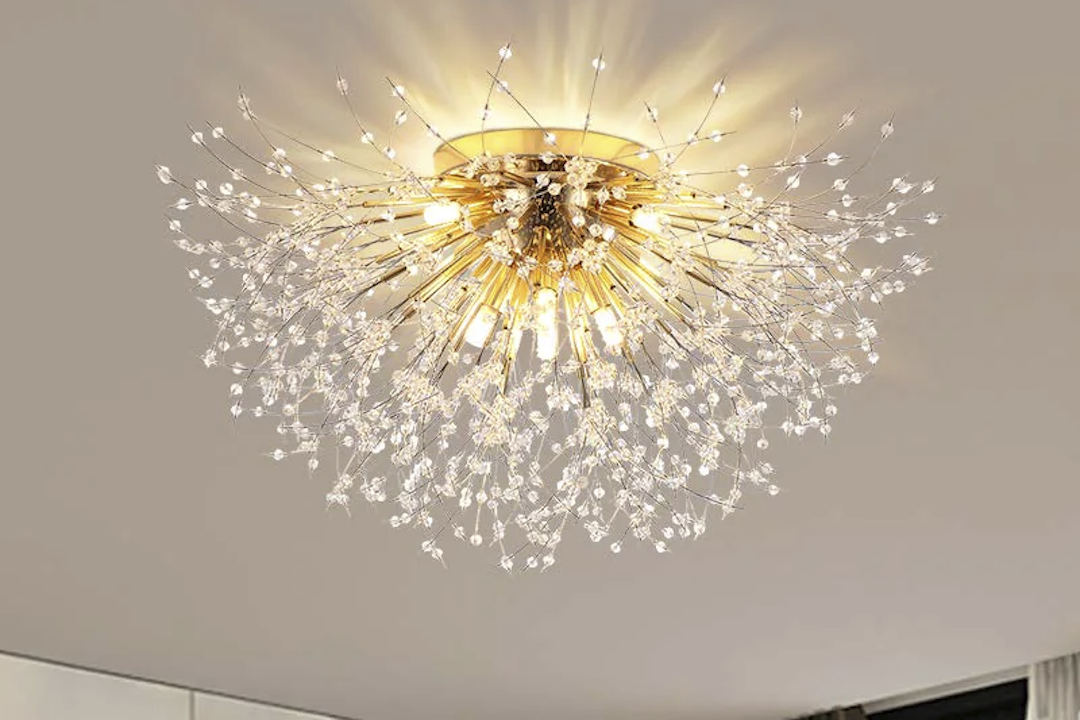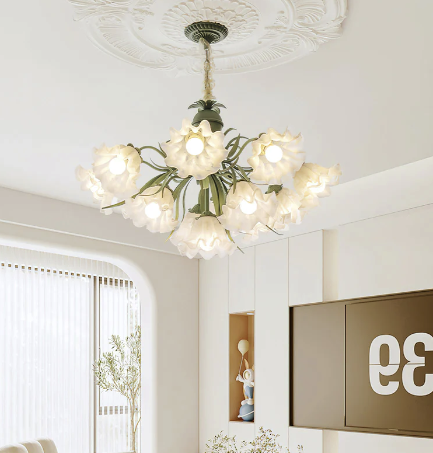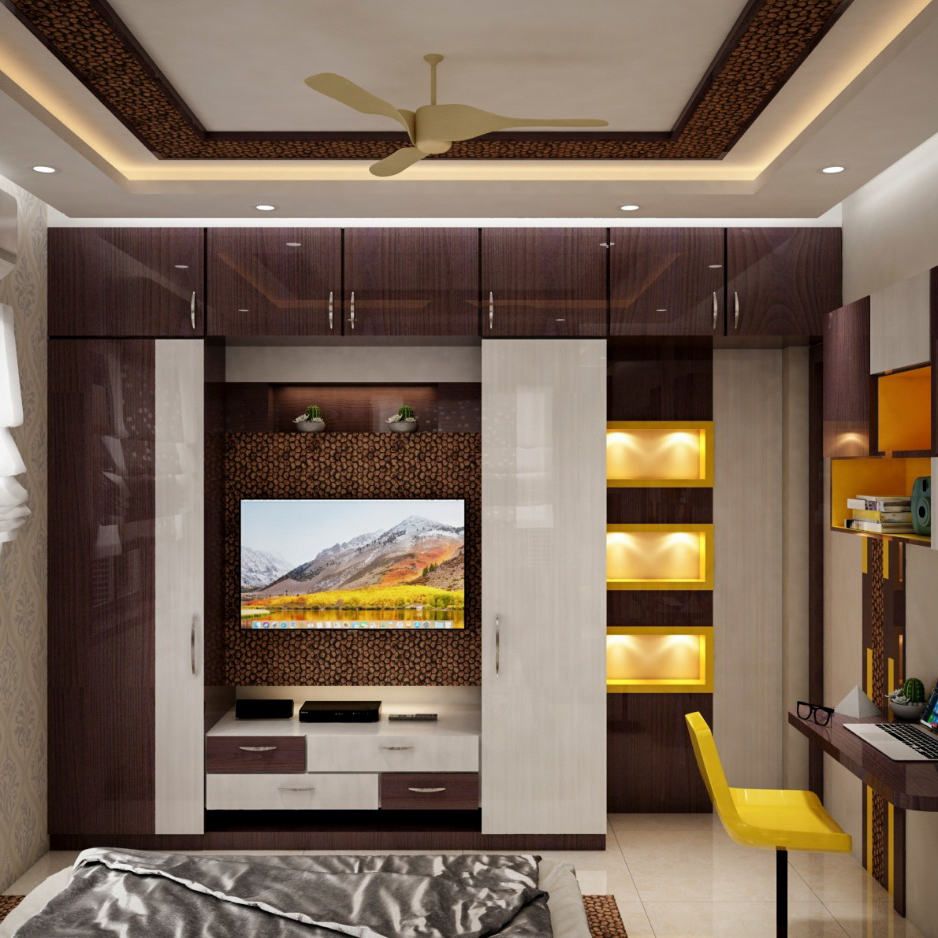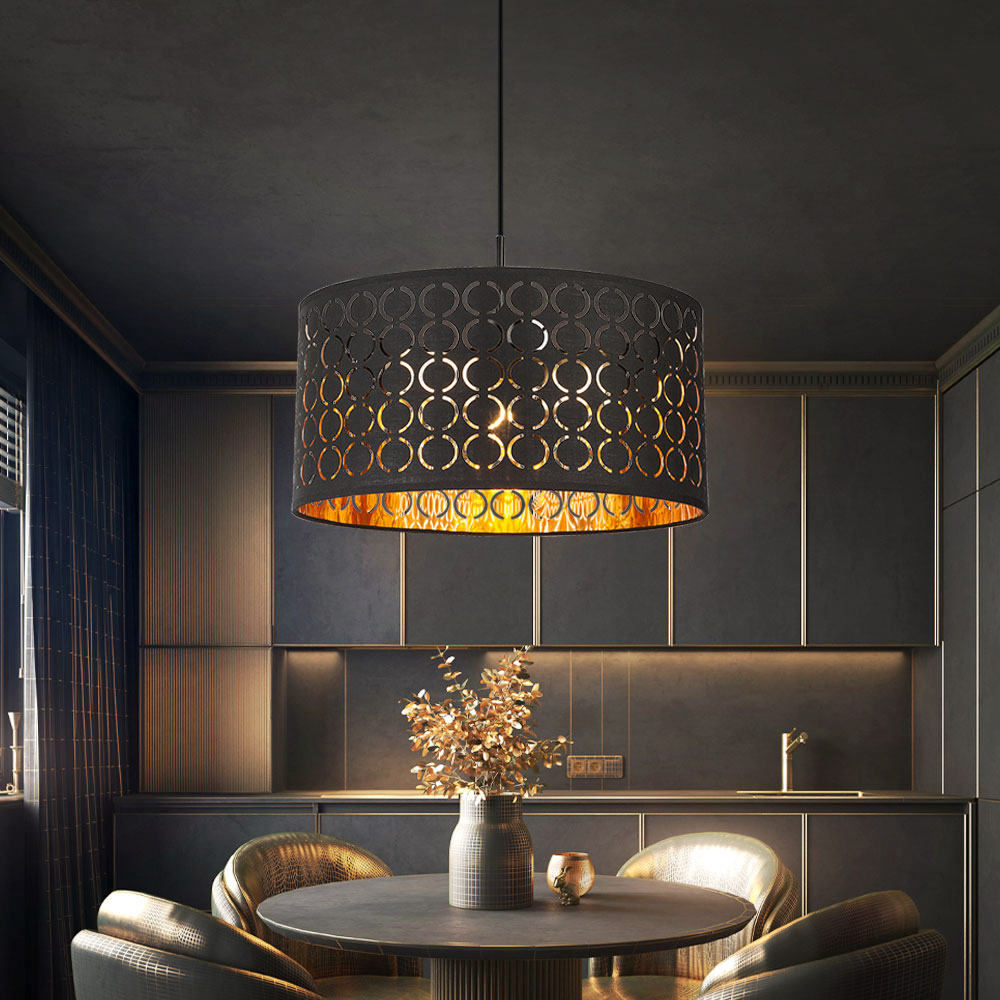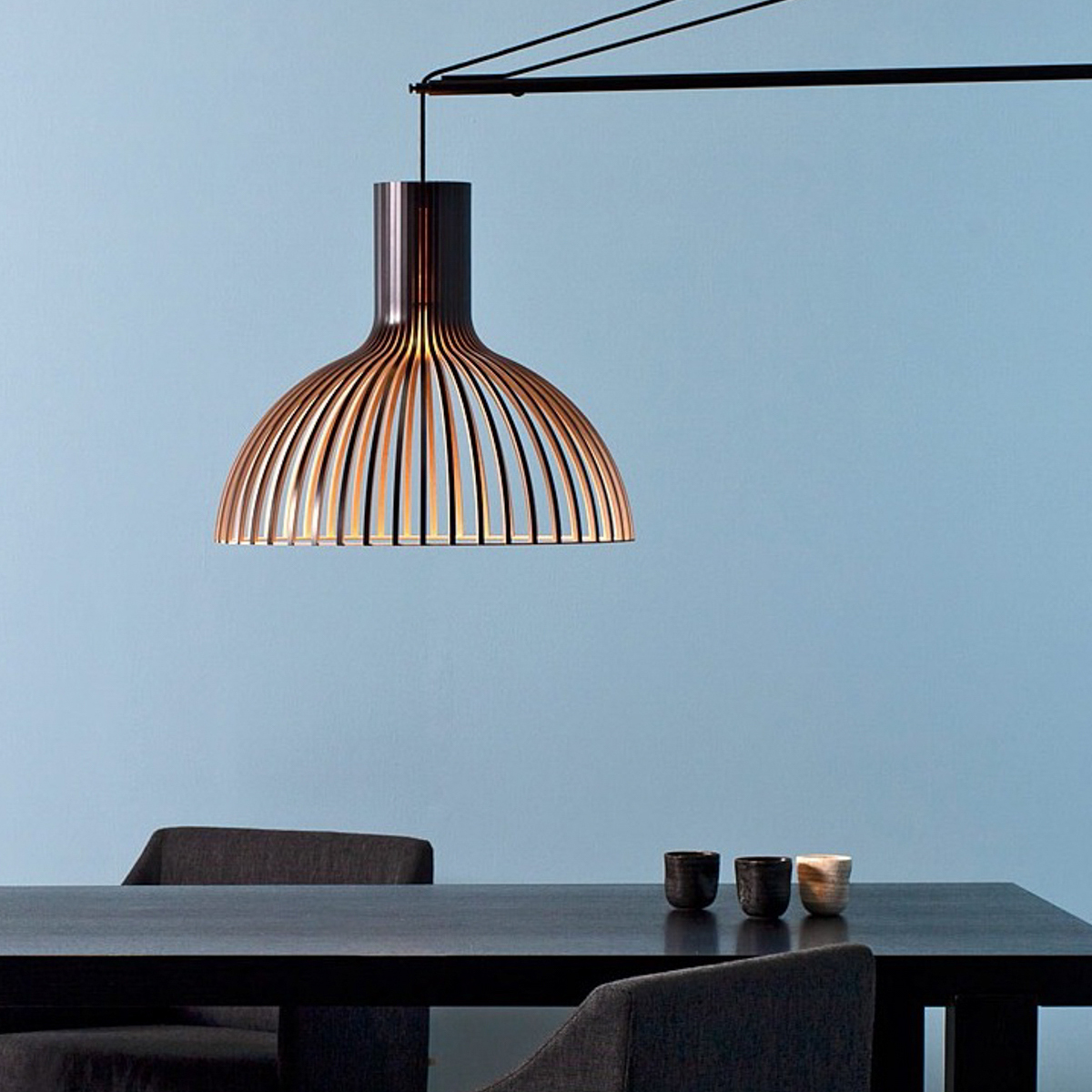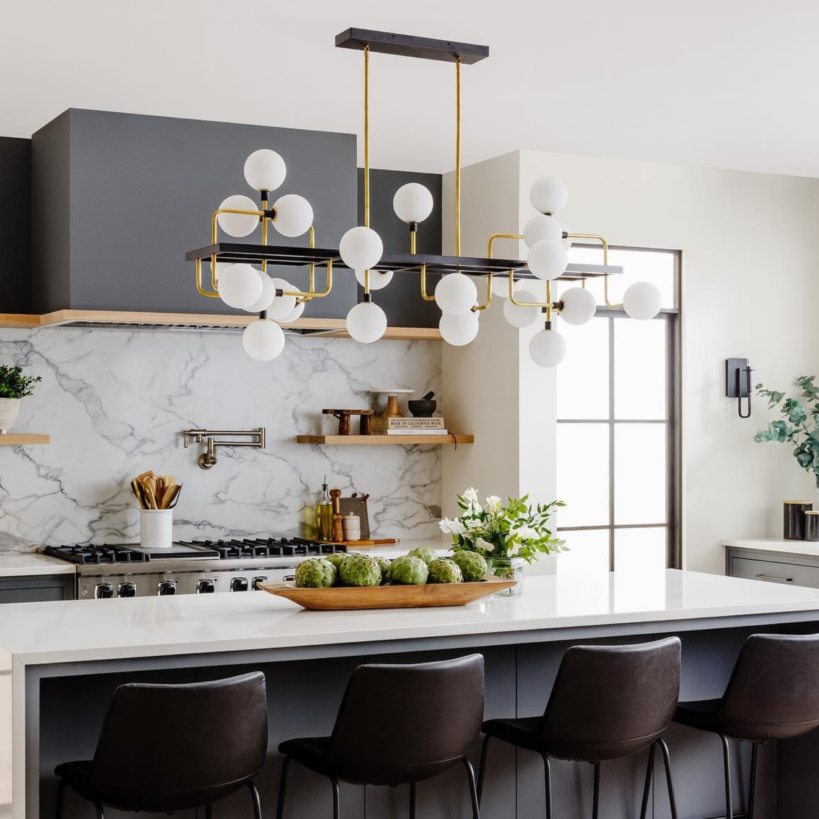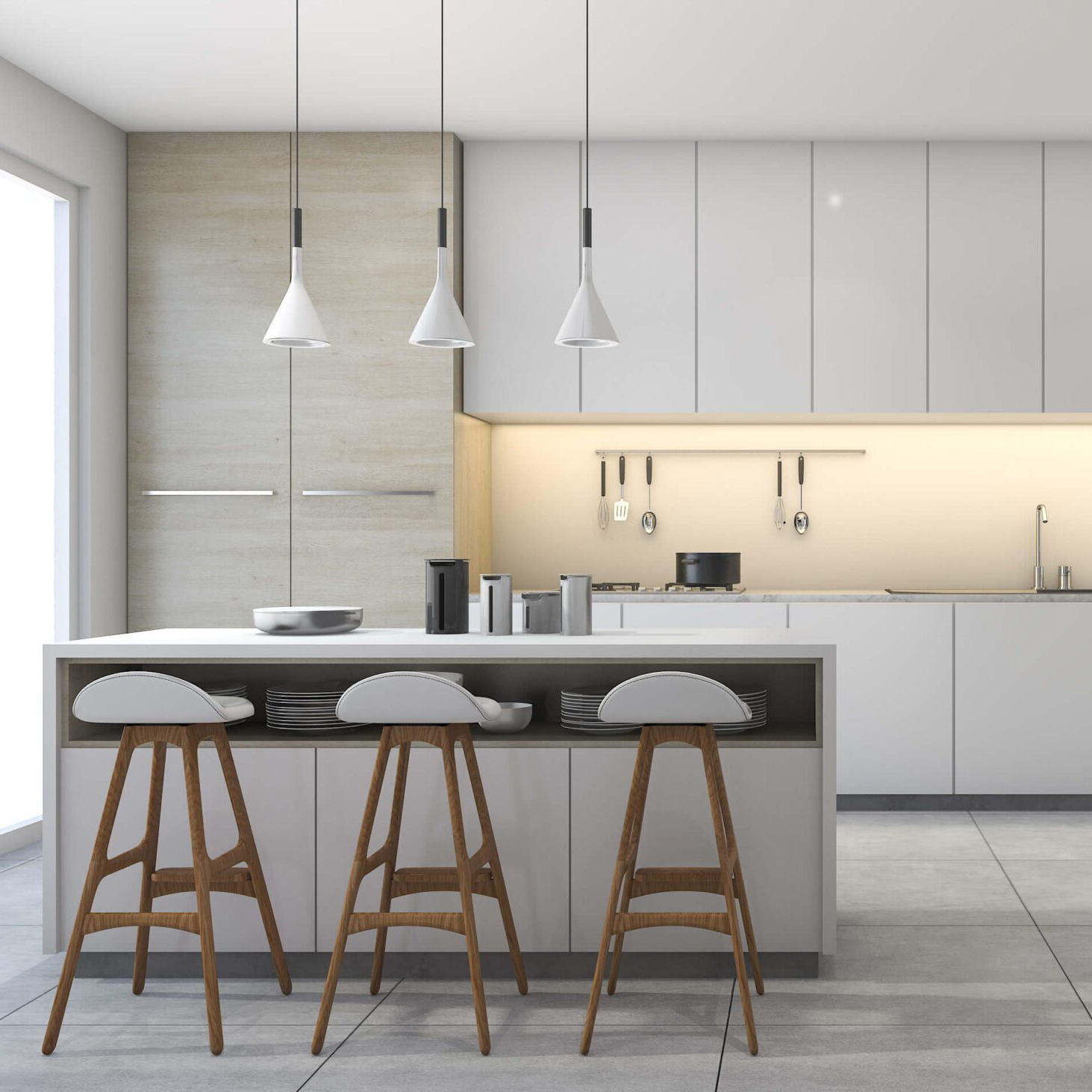When you enter a restaurant, what’s the first thing you notice? Is it the decor, the seating arrangements, the music, or the food on the table? All of these factors contribute to the overall dining experience, but one element that’s often overlooked is the lighting, particularly the ceiling lights. A well-designed lighting scheme not only illuminates the space but also creates the desired ambiance and atmosphere. In this article, we’ll delve deeper into the world of restaurant ceiling lights and how they impact the diners’ perception of the establishment.
The Role of Ceiling Lights in Restaurant Design
Ceiling lights are a crucial component of a restaurant’s interior design, serving both functional and aesthetic purposes. From a practical standpoint, they provide illumination to the dining area, allowing customers to read menus, see their food, and interact with each other. From a visual standpoint, they help to set the mood and tone of the restaurant, whether that’s relaxed and intimate or lively and energetic.
Types of Ceiling Lights
There are various types of ceiling lights that restaurants use, each with its unique benefits and drawbacks.
Chandeliers
Chandeliers are a classic choice for formal dining rooms or upscale venues. They provide a lavish, ornamental look that exudes elegance and glamour. However, they can be expensive to install and maintain, and their size and weight may restrict their use in smaller spaces.
Pendant Lights
Pendant lights are a popular choice for modern, industrial-style restaurants. They come in a wide range of shapes, sizes, and materials, from metal to glass to wood. They can be hung in clusters or as single fixtures, creating a trendy, minimalist look.
Track Lights
Track lights are a versatile lighting option that allows restaurants to highlight specific areas, such as artwork or plants. They offer adjustable illumination, making it easy to switch up the ambiance depending on the time of day or season.
Recessed Lights
Recessed lights are a subtle and unobtrusive choice that blends seamlessly with the ceiling. They provide ample illumination while creating a clean, uncluttered look. However, they may not be suitable for restaurants with high ceilings or large dining areas, as they can create a stark and impersonal atmosphere.
The Importance of Color Temperature
Another critical factor in restaurant ceiling lighting is color temperature, which refers to the warmth or coolness of the light. Warm tones (around 2700-3000K) are more inviting and cozy, while cooler tones (around 5000K) create a bright, focused atmosphere. Choosing the right color temperature is essential in creating the desired ambiance and mood.
Finding the Right Balance
When it comes to restaurant ceiling lights, the key is finding the right balance between function and style. The lighting should enhance the dining experience, not detract from it. It should also complement the restaurant’s overall design aesthetic and reflect its brand identity. Working with a professional lighting designer can help ensure that the lighting scheme achieves these goals and improves the establishment’s atmosphere.
Restaurant ceiling lights may not be the first thing that diners notice, but they play a critical role in creating an inviting, comfortable atmosphere. By selecting the right type and color temperature of ceiling lights, restaurants can enhance their diners’ experience and reinforce their brand identity. A well-designed lighting scheme can also help restaurants stand out in a crowded marketplace and attract new customers.
